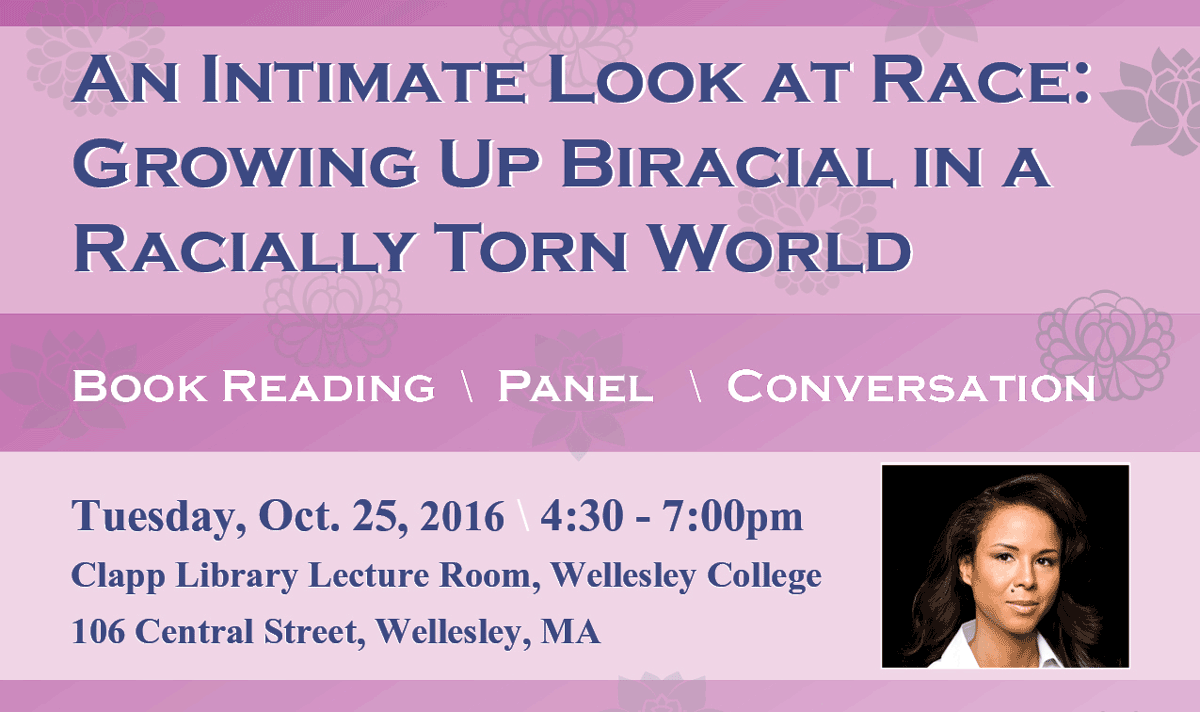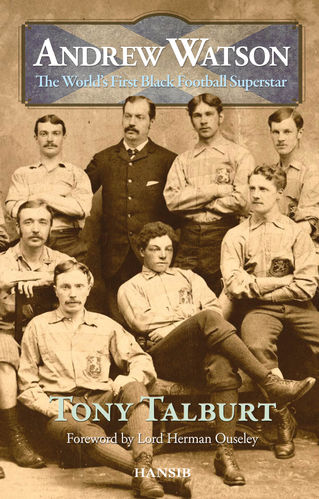Postcolonial Palimpsests: Entwined Colonialisms and the Conflicted Representation of Charles Bon in William Faulkner’s Absalom, Absalom!Posted in Articles, Literary/Artistic Criticism, Media Archive on 2016-10-22 23:33Z by Steven |
ariel: A Review of International English Literature
Volume 47, Number 4, October 2016
pages 1-23
DOI: 10.1353/ari.2016.0044
Jenna Grace Sciuto, Assistant Professor, English/Communications
Massachusetts College of Liberal Arts
This essay argues that Charles Bon in William Faulkner’s Absalom, Absalom! (1936) embodies a fluidity that confronts the hierarchies of race, gender, class, and sexuality on which colonialism and neocolonialism depend for coherence and meaning. The biracial, sexually fluid Bon and his contradictory depiction by competing narrators reveal entwined colonialisms in the United States South that complicate the divide between the colonial and neo-colonial periods employed in linear surface narratives: Bon is portrayed as living multiple stories of colonialism simultaneously in the novel. With an awareness of the narrators’ divergent colonial mindsets, I show how Faulkner uses Bon’s métissage, or blending of cultural, racial, and sexual categories, to confront the resilient colonial mentalities that persist in the twentieth-century American South through imagining an alternative: the acceptance of this fluidity.



